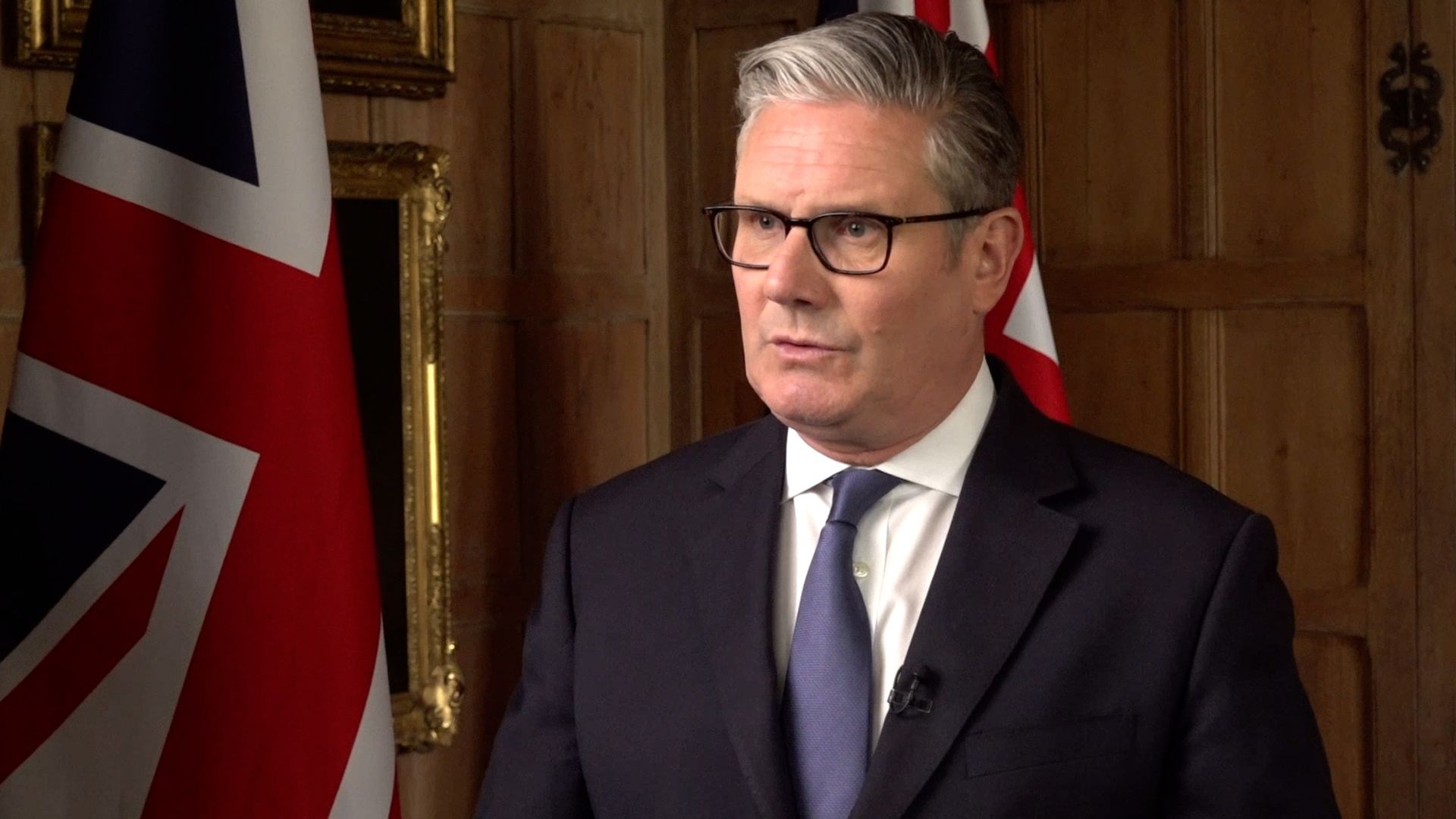America didn't start the fire between India and Pakistan. But U.S. diplomacy ended it. After four days of nerve-wracking combat between two nuclear-armed powers, the world first heard from U.S. President Donald Trump that both sides had agreed to a ceasefire.
"After a long night of talks mediated by the United States, I am pleased to announce that India and Pakistan have agreed to a FULL AND IMMEDIATE CEASEFIRE," the president wrote on Truth Social on Saturday afternoon. "Congratulations to both Countries on using Common Sense and Great Intelligence."
Although the Indian government denied the role of "third-party intervention" in ending the crisis, Pakistani Foreign Minister Munir Dar confirmed that the U.S. was one of "three dozen countries" whose diplomats tried to mediate between the warring countries. Secretary of State Marco Rubio had talked with both Indian and Pakistani officials over the weekend, telling them to resume contact with each other. Vice President J.D. Vance personally called Indian Prime Minister Narendra Modi on Friday afternoon after receiving "alarming intelligence" about a "dramatic escalation," CNN reports.
Just a day before, Vance had told Fox News that the Indian-Pakistani conflict was "fundamentally none of our business." And indeed, neither side relies on American weapons, funding, or protection. That neutrality made it easier for the U.S. to play peacemaker. Rather than a source of unwanted interference, Washington looked like a distant power that both sides wanted to be on good terms with.
It wasn't always so. Pakistan was a close Cold War partner of the United States, which gave it billions of dollars in military aid. The Nixon administration infamously rushed weapons to Pakistan during its brutal attempt to suppress the Bangladeshi independence movement in 1971. But the relationship cooled over the following decades, and the Trump administration finally cut most U.S. military aid to Pakistan in 2018.
Vance's intervention wouldn't be the first time a U.S. administration stepped between India and Pakistan. In the 1990s, then-President George H.W. Bush reportedly sent a secret envoy to talk the two governments down from launching preemptive strikes against each other. In 2001, then-President George W. Bush, used "shuttle diplomacy" to defuse another India-Pakistan crisis.
The current crisis began last month when Kashmiri rebels killed 25 Indian tourists and a Nepalese tourist. (Pakistan has fought several wars with India over Kashmir, and India accuses Pakistan of supporting violent Kashmiri secessionists on the Indian-controlled side.) In retaliation, India launched missiles last Tuesday at what it called "terrorist infrastructure" on the Pakistani side, killing 31 people and beginning a round of tit-for-tat attacks.
What shocked the U.S. into action was how quickly the conflict seemed to be barrelling towards nuclear threats, The New York Times reports. On Friday night, an Indian missile hit the Nur Khan Air Base, close to Pakistan's nuclear weapons headquarters. The next day, Pakistan publicly called an emergency meeting of its nuclear weapons commanders.
Both sides were operating with perverse incentives. India's military advantage over Pakistan gave Indian leaders an incentive to move toward a full-scale conventional war. Like the U.S. during the Cold War and Russia after the Cold War—both of which tried to use nuclear threats to make up for conventional military disadvantages—Pakistan in turn had an incentive to keep a nuclear first strike on the table.
"There's no question that India has superior conventional forces, but you'd need a major war before those superior conventional forces could be brought to bear," American political scientist John Mearsheimer told the Indian news outlet CRUX on Wednesday. "The problem that you then begin to run into is that if India's conventional superiority prevails, the Pakistanis may be tempted to use nuclear weapons to rectify the situation."
The rest of the world, of course, has an incentive not to let anyone play chicken with atomic bombs. Neutral outside mediators allowed India and Pakistan to save face while backing down. And the diplomatic intervention from Washington showed that those efforts were approved by the most powerful state on earth.
Foreign policy hawks sometimes argue that America should be the "world's policeman" (not to mention the world's judge, jury, and executioner). But with India and Pakistan, the United States is more like a referee, respected by both sides. That's a role the U.S. could play everywhere.
The post The Indian-Pakistani Ceasefire Is What U.S. Diplomacy Should Look Like appeared first on Reason.com.






.jpg.webp?itok=1zl_MpKg)





 Bengali (Bangladesh) ·
Bengali (Bangladesh) ·  English (United States) ·
English (United States) ·